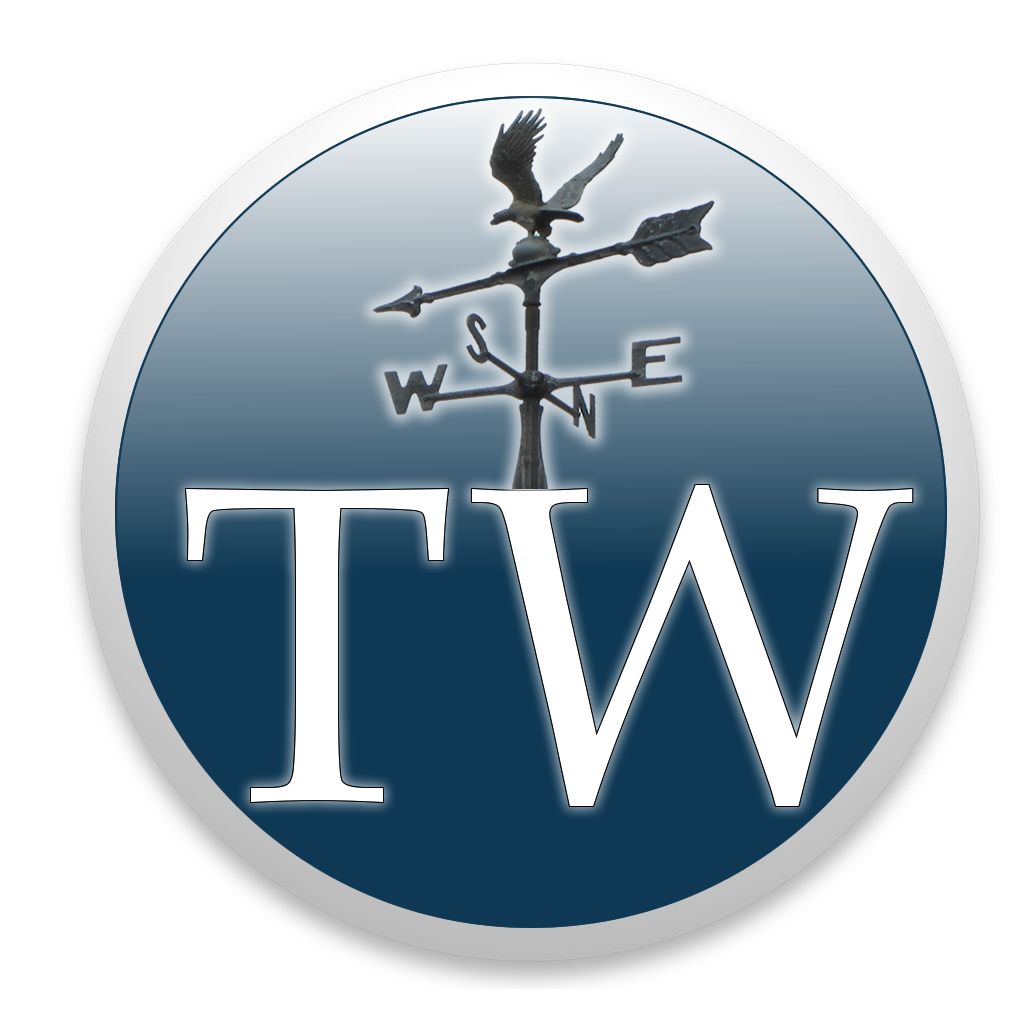This post isn't necessarily about one tornado event in general, but rather about the historic winter of 1911-1912 and its effects on the tornado climatology of that timeframe.
Temperatures had been well above average November 1911 and the Upper Midwest was no exception to this; that all changed with the arrival of an extremely powerful cold front that sent temperatures tumbling into the negatives across the upper Mountain West and parts of the upper Plains. However, as powerful cold fronts tend to do with plumes of warm, moist air a tornado outbreak was spawned including an F4 that caused over $500,000 in damage in and around Janesville, WI. At least one person was killed, and within an hour after the tornado, the survivors had to deal with blizzard conditions as the overnight low in Janesville tumbled into the 20's. Grazulis also confirms three additional F2 tornadoes from this outbreak, including a fatal F2 that killed an elderly couple in Owasso, MI. One other F2 occurred in Michigan and another occurred in Indiana. The actual total tornado count is likely higher, though some of the tornadoes have unfortunately been lost to history.
February 1912 was a rather unusual month, including an off season Dixie outbreak that spawned an F3 tornado that struck the western and southern suburbs of Shreveport, Louisiana. Nine people were killed by that tornado, and at least 50 others were injured. An F2 tornado also killed three people near Homer and Camp, and another F2 hit Antioch and Klondike, Mississippi, though resulted in no fatalities. On February 21 yet another F2 tornado in Virginia crossed the James River and destroyed at least one home near Bremo Bluff. This tornado was mentioned in Monthly Weather Review Volume 40 Issue 3. The tornadoes on February 20 and 21 were likely on the southern part of a larger weather system, perhaps not dissimilar to the weather system that dumped snow on the north-central states and caused a tornado outbreak in the South during February 28-March 2, 2007. During February 20 and 21 snowfall was reported across most of the modern forecast area of PAH, some of which was heavy snow, with even heavier amounts falling further north.
At least two tornadoes struck Arkansas on February 25, one of which was an F4 that killed seven people near Swan Lake and Almyra. The other tornado Grazulis mentions is an F2 that destroyed two homes on Linden Island.
Another possibility is that the time between the dates spanning February 21-25 was a prolonged outbreak sequence of tornadoes, though as previously mentioned, it is likely many tornadoes from that month have been lost to history
At least two tornadoes again struck the South on March 15, 1912; an F3 tornado killed six people and injured 26+ others in Headland and Hartford, AL, while an F2 caused damage on the south side of Cheraw, SC. One more tornado is mentioned in that month and it's an F2 that skipped through Madison and Bond counties in Illinois on March 19. It is possible that this tornado was embedded within a larger thunderstorm complex, as widespread downburst damage was also observed.
An F2 tornado hit the west edge of Dickson, TN on April 1, and an unusual F2 tornado killed one person in Dagsboro, Delaware the next day.
Only about one percent of all icebergs originating in the Arctic and Greenland make it to the North Atlantic Ocean, but the unprecedented winter of 1911-1912 meant that a swarm of icebergs and ice floes dotted the area encompassing North Atlantic shipping lines. The RMS Titanic unfortunately struck one of these icebergs and was foundering exactly 110 years ago as of typing this.
And naturally, you can guess how moisture rich plumes of warm Gulf air were interacting with the biting cold dry air sitting over much of the continental United States and beyond during that time. Particularly in the Midwest, where a tornado outbreak unfolded during the April 12-13 timeframe. Two F3 tornadoes struck Nebraska on April 12, one of which destroyed a home near O'Neill, injuring four people. The other passed 14 miles north of O'Neill, causing damage on at least five farms and killing one person at one of them. Tornado activity continued on April 13, when an F2 tore the roof from a home, and destroyed a barn and church in New Cambria, Missouri. A cyclic supercell in Boone County, Iowa spawned an F3 tornado that touched down twice (technically making it two separate tornadoes) that unleashed its fury on "a fine home on a hill" north of Moingona, IA. The house was reportedly carried through the air for 300 feet before disintegrating, with debris scattered for a mile.
I'll conclude this post with links to some of MNTornadoGuy's previous posts on the tornadoes that occurred between April 19-29, 1912.
Two things: A). What does that have to do with this current discussion whatsoever? B.) Do you have sources that say this is going to happen, or are you just non-productively griping about hypothetical scenarios? If it's the latter, then just stop. Constant complaining doesn't make for...

talkweather.com
Select contrast enhance frame grabs of the Jarrell tornado from the Texas A&M video. The last panorama is from 3:43pm, as the tornado was either approaching or already on Double Creek. I chose the first two since on my copy they’re a frame apart, so 28 seconds are missing. But it shows just how...

talkweather.com




















